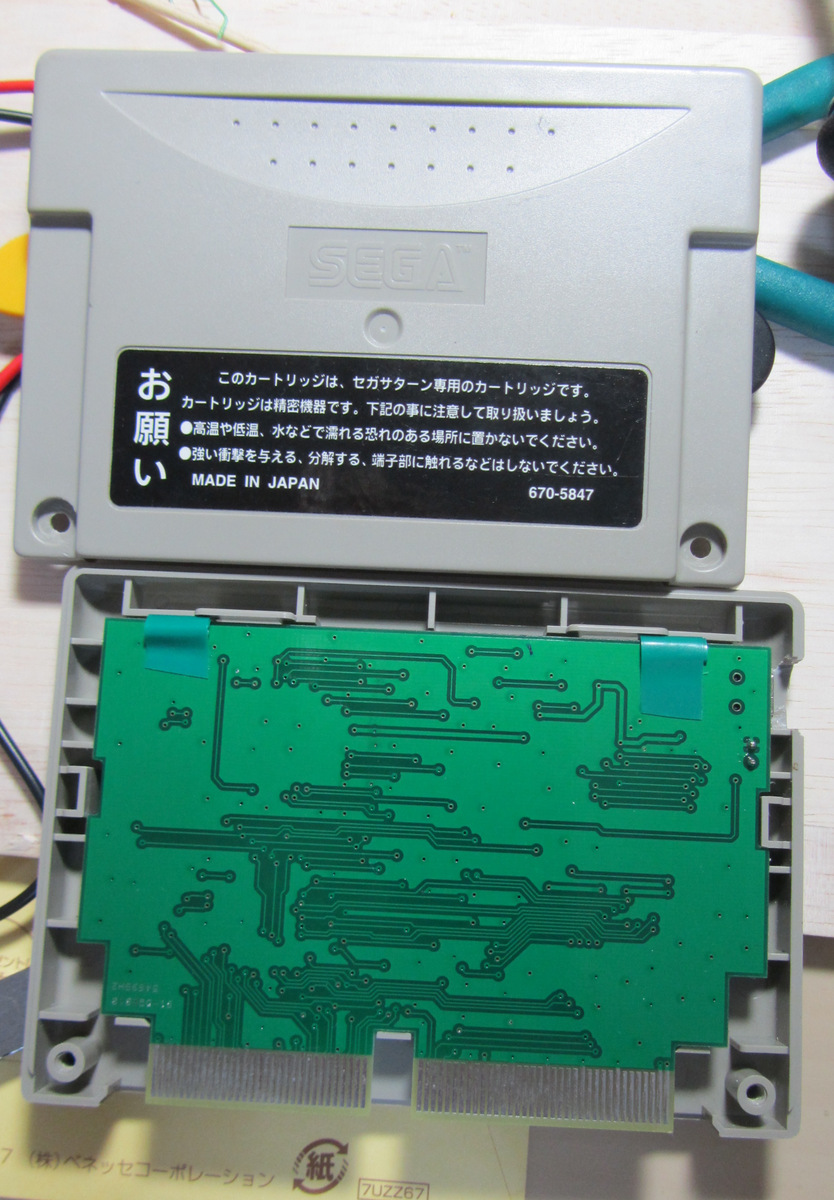20>Based on code by Bart Trzynadlowski, James Forshaw and Charles MacDonald.
20>Command line: `SatLink.exe
20> "-logsettings"
20> "log_settings.ini"
20> "-loginfos"
20> "-dev"
20> "usbdc"
20> "-s"
20> "v"
20> "0x0403"
20> "-s"
20> "p"
20> "0x6001"
20> "-s"
20> "smart_exec"
20> "0"
20> "-s"
20> "display"
20> "1"
20> "-s"
20> "init"
20> "1"
20> "-x"
20> "sl_coff.bin"
20> "0x06004000"
20> "-exit"
20>'
20>Open device (usbdc) ...
20>Start ...
04>USB dev cart interface.
04> From
http://www.iki.fi/Anders.Montonen/sega/usbcart/
04>Available parameters :
04> v <VID> : Set device VID (Default 0x0403).
04> p <PID> : Set device PID (Default 0x6001).
04> smart_exec <0/1> : Turn off/on smart exec.
04> display <1> : Display configuration settings.
04> init <1> : Init USB device.
20>Open device (usbdc) success !
20>Device version=Saturn USB dev cart (FTDI) interface Ver. 0.3
20>Init parameter "v" = "0x0403"
20>Set parameter (v, 0x0403) ...
04>Set VID 0x0403
20>Init parameter "p" = "0x6001"
20>Set parameter (p, 0x6001) ...
04>Set PID 0x6001
20>Init parameter "smart_exec" = "0"
20>Set parameter (smart_exec, 0) ...
04>smart_exec value ((null)) ignored.
20>Init parameter "display" = "1"
20>Set parameter (display, 1) ...
01>USB dev cart internal settings
01>|VID : 0x0403
01>|PID : 0x6001
20>Init parameter "init" = "1"
20>Set parameter (init, 1) ...
01>USB dev cart init ...
01>USB dev cart init = 1
20>Loading file `sl_coff.bin' to address 06004000
25>--- Transfer startup.
00>Firmware Version = 0x31 (1)
00> -> will use ExecExt function
25>--- Transfer startup.
21>Transfer Time = 578 msec(s) (118080 bytes).
21>Average transmission speed = 204.290657 KB/s
01>DoExecExt(address=0x06004000, buffer, length=118080, reset=0xFFFFFFFF) = 1
20>Exit application ...
20>[PT]Thread end
04>Close USB dev cart connection ...




